Are Local Grapes the Future of Moldovan Wines? #WorldWineTravel
World Wine Travel Group Inaugural Virtual Visit to Moldova Our three collaborative blogging groups are expanding into one more area: World Wine Travel. This Moldova Wine Day event is a preview of things to come, as our group formally starts up in 2021. Follow us at the new hashtag #WorldWineTravel! Today, we travel virtually to the central European country of Moldova to help our friends at Wine of Moldova celebrate their annual wine holiday, Moldova Wine Day.
Where in the World is Moldova? Moldova is a small country wedged between Romania and Ukraine. Moldova has been a wine producing country for a very long time and once had a top reputation, especially in Russia. Long under Soviet rule, they became independent once again in 1991. After their return to independence, the country has slowly been working to rebuild their quality wine industry and regain an international reputation.
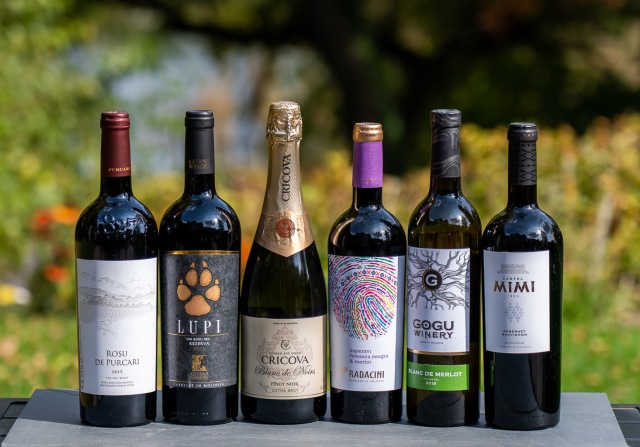
First, International Grapes To much of the wine world, Moldova is a mystery. Where is it? What are the wines like? It makes perfect sense for Moldovan wines to start out with familiar grapes. International customers will have an idea of what to expect and can compare their current wine experience with the new experience of wines from this central European country.
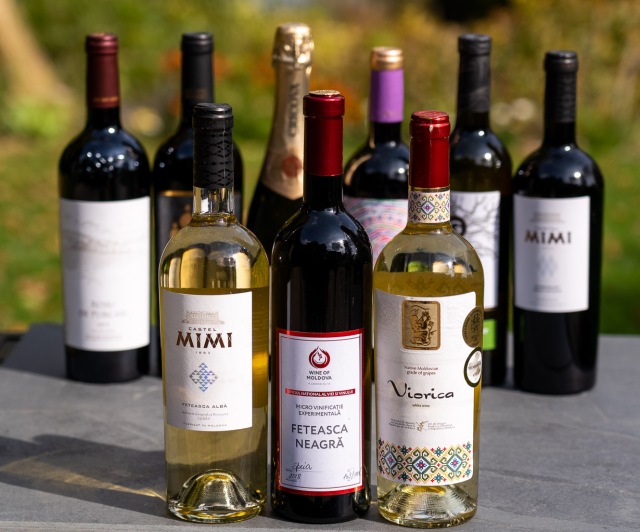
We’re lucky to be able to taste local grapes, native to this region at all. They were forbidden during the years of Soviet occupation, but winegrowers and farmers were careful to keep some vines, even if they were hidden. After the fall of the Soviet Union, Moldova was free to plant and use these hidden grapes and they are beginning to emerge. Several are indigenous to the Moldova / Romania region, and one is a hybrid grape with a cool story.
The following grape descriptions are quoted from the Wine of Moldova Enoturism Guide: and Caroline Gilby’s book: “The Wines of Bulgaria, Romania, and Moldova“
- Feteasca Alba – (white grape) This variety has been cultivated for centuries in this region and appears to be a very ancient grape. The wines of this variety are fine and delicate, with floral aromas and a light and fresh body. It’s one of the parents of Fetească Regală (along with Frâncușă) which comes from Transylvania in Romania but has been grown in the Moldovan region for decades.
- Feteasca Regala – (white grape) This a semi-aromatic grape variety is the result of a natural cross, found near Sighișoara in Romania in 1920s. It has typical floral and grapefruit aromas and flavours of fresh pear and citrus but is usually more full-bodied and textured than its parent.
- Feteasca Neagra – (red grape) With a history of over 2000 years, this variety probably originates from Prut river valley located in the south west of Moldova, and there are claims it may even have been cultivated directly from the wild. It is capable of producing high quality reds, with typical aromas of wild cherry and violets, concentrated berry fruit and good structure.
- Rara Neagra – (red grape) This is an old variety local to the region, possibly cultivated as early as Geto-Dacian times, in south east Romania and what is today’s Republic of Moldova. It is relatively pale in colour with gentle soft tannins and spicy berry fruit. It seems particularly well suited to the sunny slopes of southern Moldova.
- Viorica – (white grape) A hybrid developed in Moldova in 1969 from Seibel 13666 and Aleatico. It was originally bred for distillation and cold resistance, but it is proving well suited to making aromatic but very fresh crisp white wines and a number of wineries are now producing this. Interesting side note on Viorica: Albert Seibel was a French physician who lived in the late 1800’s, in the middle of Phylloxera’s devastating spread across Europe. He worked diligently to develop new hybrid grapes which would be disease resistant, and in the case of Viorica, also cold resistant!
Disclosure: The wines in this post were provided as samples. No other compensation was provided. All opinions expressed are mine.
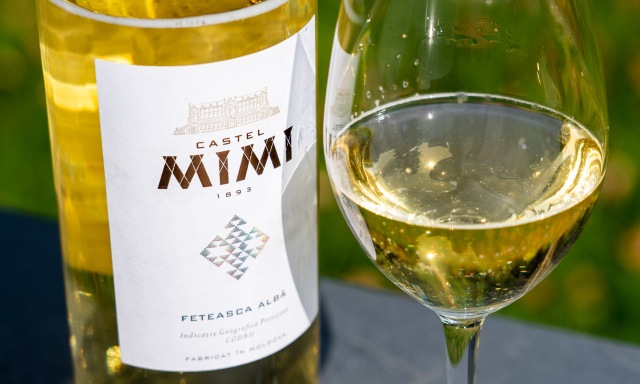
Castel Mimi Feteasca Alba, Codru IGP 2018 (sample, $19 SRP) 13% abv Eye: Clear, medium lemon Nose: Clean, medium- intensity aromas of delicate white flowers, chamomile, gardenia, underripe pear, hint of clean earth. Mouth: Dry, medium- intensity aromas of flowers, chamomile, underripe pear. Medium+ refreshing acidity, medium- body with a lean texture, medium alcohol, medium+ finish. Observation: A delicate, refreshing wine.
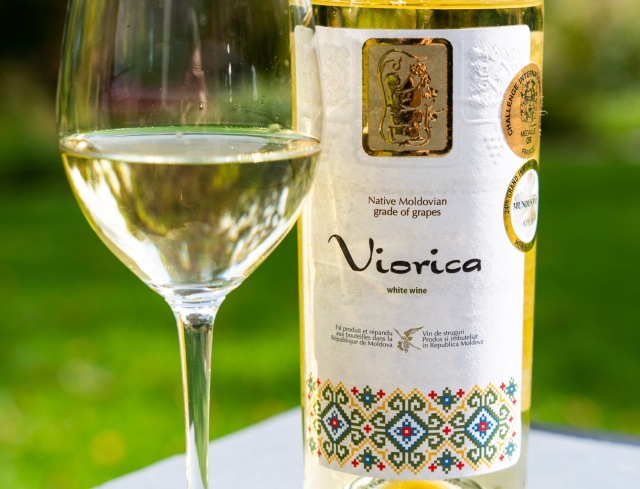
Suvorov-Vin Viorica, Moldova 2018 (sample, $18 SRP) 13% abv Eye: Clear, pale lemon Nose: Clean, pronounced aromas of honeysuckle, ripe peach, tangerine, lychee, grapefruit peel in the background. Mouth: Dry, with pronounced intensity flavors of ripe peaches and grapefruit . Medium acidity, medium body with a creamy texture, medium alcohol, with a medium+ finish. Observation: An unusual combination of aromas and flavors, it’s very interesting! The initial aromas remind me of Muscat Blanc Petit à Grains or Gewurztraminer, but the wine is bone dry. The grapefruit which is in the background on the nose is side by side with the richer fruits on the palate. I’m looking foward to trying this with some foods to see what works best. A unique and fun wine!
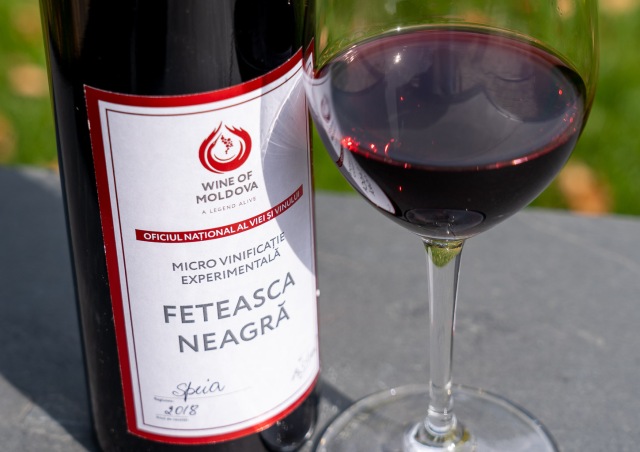
Oficiul National Al Viei si Vinului Feteasca Neagra Micro Vinificantie Experimenntala 2018 (not for sale, a product of the wine school) Eye: Clear, medium ruby Nose: Clean, medium intensity aromas of violets, candied red and blue fruits: strawberry, raspberry, blueberry, black plum. Just a bit of slate. Mouth: Dry, with medium intensity flavors following the nose closely with violets, candied red and blue fruits. Medium acidity with medium chalky tannins, high alcohol, with a medium+ finish. Observations: This is one of a series of wines vinified by viticulture students. The grapes came from different vineyards and were individually vinified by the same people and process, without oak aging. I was fascinated by the experimental nature and was able to bring a bottle home. While I didn’t get a full set, this was a great way to see a grape highlighted without other impacts.

Local and international varieties from Moldova
World Wine Travel Moldova Wine Day Posts Join our Moldova Wine Day chat on Sunday October 4 at 10am Central Time. We chat at #WorldWineTravel on Twitter, we hope you’ll join us!
Here’s a preview of what our writers will share:
- Camilla at Culinary Adventures with Camilla shares “Two Indigenous Moldovan Grapes – Fetească Albă and Fetească Neagră – Paired With Colțunași Harnici (Hard-Working Dumplings)”
- Wendy from A Day In The Life On The Farm is “Celebrating the Food and Wine of Moldova”
- David from CookingChat has “Food Pairings for Moldavan Wines”
- Lori from Exploring the Wine Glass shares “Sitting Down with Master of Wine Caroline Gilby to Discuss Moldovan Wine”
- Terri from Our Good Life shares “Moldova Wine Day Celebration!”
- Linda from My Full Wine Glass is “Celebrating ‘My Wine Day’ and the little country that could”
- Robin at Crushed Grape Chronicles shares “Moldovan Wine – moving forward while not losing track of the authentic grapes of their past” #WorldWineTravel
- Susannah from Avvinare writes “You say Feteasca and I’ll Say Moldova”
- Jennifer at Vino Travels tells us about “Eye Openers to the Wines of Moldova”
- Melanie from Wining With Mel is “Exploring new territory with Moldovan wines”
- Jeff from foodwineclick asks the question “Are Local Grapes the Future of Moldovan Wines?”
- Lynn at Savor the Harvest I share “Moldovan Native Wine Grape Discoveries” #WorldWineTravel
- Jill from L’Occasion discusses “Wines of Moldova: Worth the Adventure”
- Payal from Keep the Peas pairs “Kashmiri Yakhni Pulao and Moldovan Wine”
- Nicole from Somms Table is “Celebrating Moldova National Wine Day with More Food and Wine Explorations”
- Rupal at Syrah Queen shares “Celebrate Moldova National Wine Day – Exploring Native Varieties”
- Liz Barrett from What’s In That Bottle shares “Moldova National Wine Day is Here!”
- Pinny from Chinese Food And Wine Pairings tells us about “Celebrating Moldova National Wine Day with Chinese Food”
- Gwendolyn from Wine Predator shares “Meet Moldova: 2018 Purcari 1827 Rara Negra de Purcari Vin Sec Rosu Paired with Pizza #WorldWineTravel “
- Deanna at Asian Test Kitchen tells us about “Meatless Moldovan Food and Wine” #WorldWineTravel
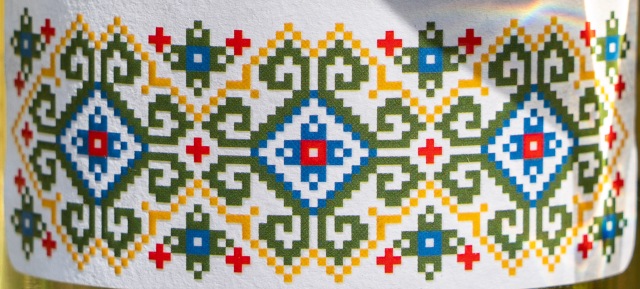
Comments
10 Responses to “Are Local Grapes the Future of Moldovan Wines? #WorldWineTravel”Trackbacks
Check out what others are saying...-
[…] Jeff from foodwineclick asks the question “Are Local Grapes the Future of Moldovan Wines?” […]
-
[…] Jeff from foodwineclick asks the question “Are Local Grapes the Future of Moldovan Wines?” […]
-
[…] from foodwineclick asks the question “Are Local Grapes the Future of Moldovan […]
-
[…] Jeff from foodwineclick asks the question “Are Local Grapes the Future of Moldovan Wines?” […]
-
[…] Posted by foodwineclick on October 2, 2020 · 9 Comments […]








I’m hearing a lot about Viorica, your observations are intriguing. Too bad Seibel didn’t develop it to be heat resistant! And the student wine, great one to take home. I’m interested to hear more about Feteasca Neagra and hoping they discuss it in the zoom master session this afternoon.
It was fun to read about the different wine and grapes that Moldova grows. I enjoyed learning from you!
That’s an impressive lineup of Moldovan wine!
What fascinating history of Seibel! I found these wines to be unique and really interesting. This was a great virtual trip to Moldova!
How fun and cool that you got to try a wine made by the viticultural students! That must’ve been very informative.